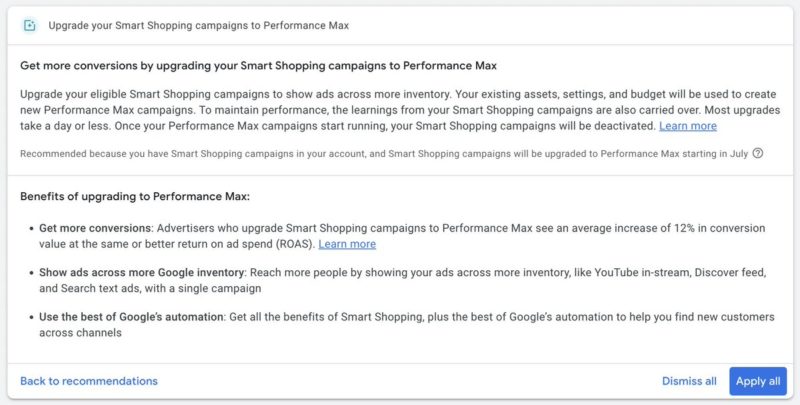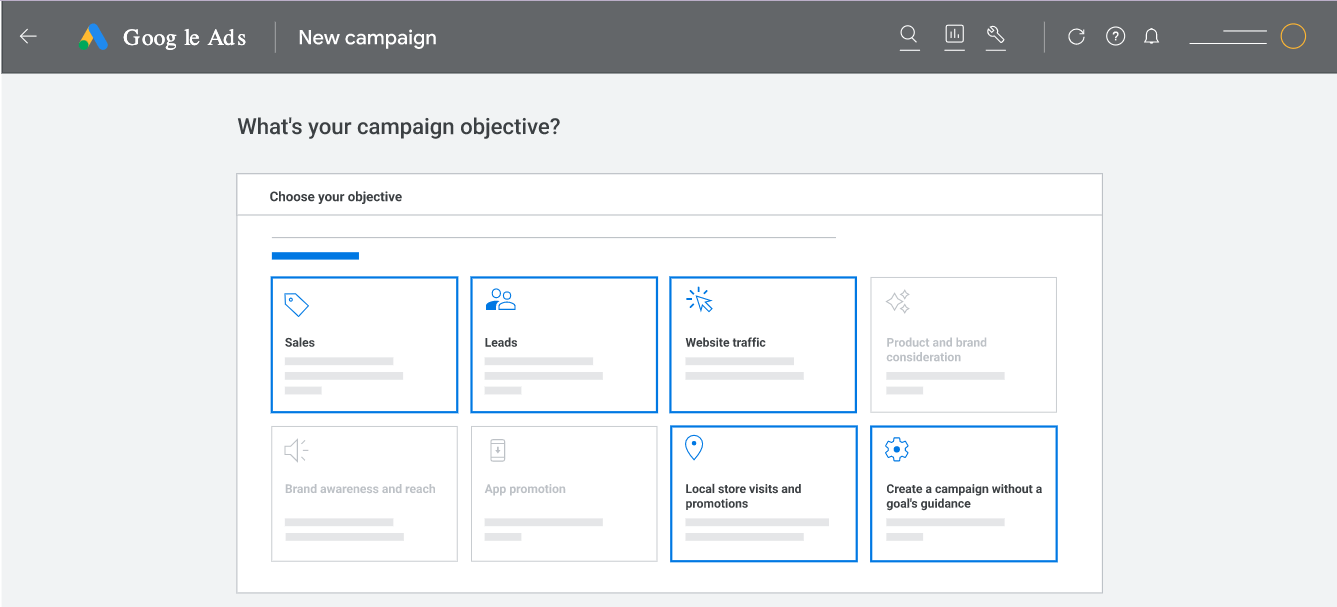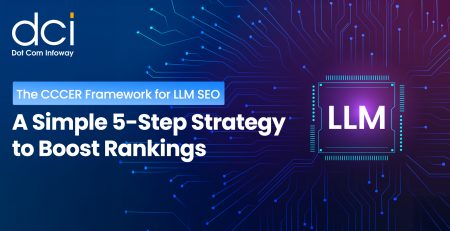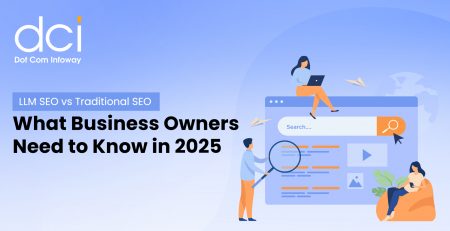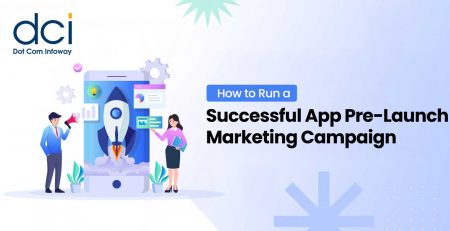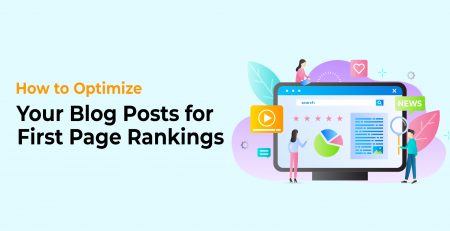The Complete Setup Guide – How To Create A Performance Max Campaign?
In one of our past blog posts, we discussed the growing importance of a Performance Max campaign, particularly in any online marketer’s ad campaign. We now know why it’s becoming such an indispensable tool for many a Digital Marketing Agency. Naturally, you need to know how to create a Performance Max campaign if you want to make the most out of the said perks.
That shall be the main topic of discussion here. You’ll learn how to create a campaign from start to finish after knowing the requirements, how each unique campaign helps you achieve your goals, and their pros/cons.
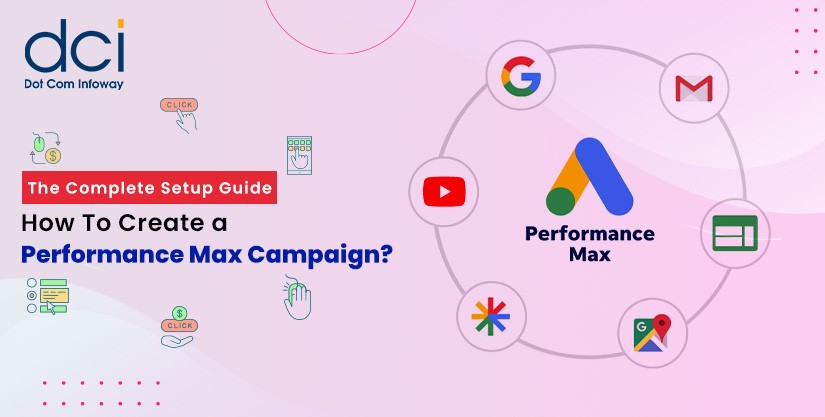
Regarding the Integration of Local and Smart Shopping Campaigns Into Performance Max
This year, Google decided to upgrade both Local and Smart Shopping campaigns to Google Performance Max campaigns. If you’re already aware of the features of the two, know that all the essentials will carry over to any campaign you launch in the latter.
Key features include automation insights and a new inventory. Google gives you full control in deciding to upgrade to Performance Max campaigns, at least, as of this writing. By September, all Local and Smart Shopping campaigns will be automatically upgraded to the latter.
Asset Requirements for Performance Max Campaigns
What Is an Asset in a Performance Max Campaign?
As we’ve discussed in the previous Performance Max Google Ads blog, assets can either be text, images, videos, and HTML 5 bundles. They’ve generated automatically with the help of machine learning, and you can freely associate various ad types with them.
In order to know how to create a Performance Max campaign properly, you need to be aware of their requirements. Here are the essential Performance Max campaign requirements you need to remember:
- You need to have a minimum set of assets for every Performance Max campaign. When you link the campaign to Google Merchant Center, though, it automatically generates the minimum required assets.
- You need to have at least one asset in every campaign. Asset groups function as clusters for assets sharing the same theme or audience.
Refer to this table for the minimum and maximum limits for all assets including texts, videos, images, and media bundles:
| Asset Field Type | Min Assets | Max Assets | Specifications |
| HEADLINE | 3 | 5 | 30 characters max; 15 min |
| LONG_HEADLINE | 1 | 5 | 90 characters max |
| DESCRIPTION | 2 | 5 | 90 characters max; 60 min |
| BUSINESS_NAME | 1 | 1 | 25 characters max |
| MARKETING_IMAGE | 1 | 20 | 5120KB max file size; 600 x 316 min; Landscape (1.91:1) 1200 x 628 recommended |
| SQUARE_MARKETING_IMAGE | 1 | 20 | 5120KB max file size; 300 x 300 min; (1:1) 1200 x 1200 recommended |
| PORTRAIT_MARKETING_IMAGE | 0 | 20 | 480 x 600 min; (4:5) 1200 x 1200 recommened |
| LOGO | 1 | 5 | 5120KB max file size; 128 x 128 min; (1:1) 1200 x 1200 recommended |
| LANDSCAPE_LOGO | 0 | 5 | 5120KB max file size; 512 x 128 min; (4:1) 1200 x 300 recommended |
| YOUTUBE_VIDEO | 0 | 5 | Square, vertical, horizontal, and should >= 10 seconds long |
| CALL_TO_ACTION_SELECTION | 0 | 1 | Automated or can be chosen from list |
| MEDIA_BUNDLE | 0 | 1 | < 150KB |
How To Set Up a Performance Max Campaign Step-by-Step?
With all the preliminary considerations out of the way, we can now dive into how to create a Performance Max campaign. What’s great is that it’s mostly as straightforward as Google Analytics 4 Setup.
Choose the Most Suitable Objective or Select ‘No Goal’
As in most campaigns, it’s important to start with planning and confirming your objectives. Every time you’re setting up the Performance Max campaign, you’ll be able to choose which of the following to focus on:
- Sales
- Leads
- Website Traffic
- Product and brand consideration
- Brand awareness and reach
- Promote an app
- Store visits and promotions
Choose the one that suits your own goals at present, and Google will set up your campaign with that and marketing automation, its inherent strength, as a focus. Goal-setting helps to give multiple Performance Max campaigns their respective direction and pre-emptive advantage.
Despite the importance of having a goal, the platform actually lets you forgo setting any main objective. You only need to select ‘No goal’ to launch the campaign. Afterwards, you’ll need to choose the campaign’s conversion goals.
Select the Performance Max Campaign Type
Choose the type of campaign you’ll be launching. Doing so unlocks all access to every Google Ads channel and its respective inventory.

Make Your Paid Campaign Success
As a Google Ads management-focused paid search marketing company since 2000, we have increased paid search conversions by more than 485%. Applying tried-and-true ad management techniques, we boost conversion rates while lowering cost per conversion.
Setting Control Options
An integral part of the Performance Max campaign setup process is setting up the fundamentals of your ad campaign. There’s the standard way of choosing the bid and budget, but it’s now followed by unique options that shape the amount of control you have on your ad campaigns.
Set Your Bid Strategy and Budget
Obviously, the budget and bid strategy should always be based on your campaign objectives.
You can choose between these two strategies: ‘Conversion value’ and ‘Conversions’. The former is more concerned with maximizing conversions based on their unique values. On the other hand, the latter is also focused on maximizing the said factor but based on similar values instead.
Select Extra Campaign Settings
You’ll need to set essentials such as the schedule, dates, tracking template, location, language, and URL suffix (to help you appear in more searches and drive conversions), and list all negative keywords at the account level.
Create Asset Groups
This lends much-needed aid to managing all your assets. As mentioned above, pinpoint the ones that share similar themes.
Plenty of automation features figure in this step. For example, if you don’t have video assets then Performance Max will go ahead and create one for you. It can even do the grouping for you while basing it on your goals.
Choose Your Audience and Automated Targeting
One nifty feature is Performance Max audience signals, which aid in automated targeting that, in turn, leads to better overall conversions. They can be targeted based on intent, interests, and website visitors, for example, most of which are determined by available data.
What’s sure is that you ensure that your ads will only be displayed to the most pertinent audience with its help.
Use Ad Extensions
These can be callouts, lead forms, site links, and featured text. Basically, anything that will help your ads attract attention better, so don’t miss out on using the ones that work best for you.
How Performance Max Does Its Magic?
Now, you may be wondering, “How do Performance Max results tally up?” with all these powerful features in mind. How does its automation magic conjure massive profits that plenty of SEO Packages and In-App Purchases Strategies don’t live up to, so to speak?
Well, the word “automation” gets thrown around a lot precisely because it’s what allows marketers to enjoy unprecedented convenience when launching and managing their campaigns.
Besides sparing you from most steps that require manual effort and aiding in making crucial decisions, it also serves as an all-encompassing solution that lets you reach your audience in all the most pertinent Google platforms.
These include every popular one like Google Search, YouTube, Gmail, Maps, etc.
This same convenience spills over to how you run paid ads. You can manage all-in-one ad campaigns, in short. As long as you’re running ads the automation factor will remain in play, and essentially optimize your campaign for you – with your set goal as the main steerer of the wheel.
Is it any wonder then that many a SEO Factors Infographic and blogs related to SEO Tips for Startups and the Latest SEO Trends are starting to include it?
Pluses and Downsides of Performance Max Campaigns
It’s far from being a perfect tool that will guarantee that marketers will ROI and stay in the green all the time. Still, these advantages stand out, especially if you compare Performance Max vs smart campaign.
Pros
- You spend the least amount of time setting up your campaigns.
- It’s arguably one of the best ad solutions offered by Google yet, due to its focus on actively optimizing campaigns with the help of automation.
- It gives you plenty of freedom to control your campaign and perform adjustments.
Cons
- You’re limited to 100 campaigns, and there’s a cap on bids.
- Reporting and insights leave a lot to be desired.
- Limited insights lead to not being able to capitalize on the audience targeting feature.
Conclusion
We hope that you now have a good grasp of how to create a Performance Max campaign with the help of the guide we prepared here. Sure, there may be glaring flaws, but we can’t deny that the automation features are nothing short of revolutionary and thoroughly helpful. Even as we write this, marketers are finding and enjoying big wins with the help of these innovative ad campaigns.

